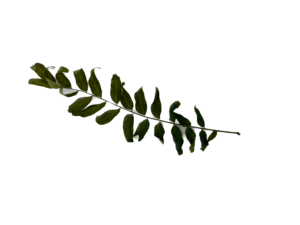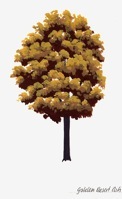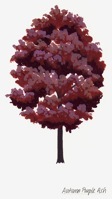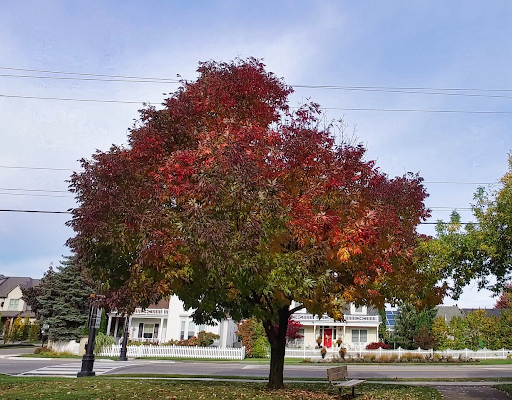Ashes are part of the Olive and Lilac families. These trees have a single strong branch, known as a leader, which grows straight up. They can live to 300 years old but have recently been put at risk from attacks by the Emerald Ash Borer, an insect that has killed millions of Ash trees.
The small leaves of the Ash, called leaflets, grow opposite to each other on the same stalk. The leaves are pinnately compound. “Pinnate” comes from the Latin word for feather.
The bark of the Ash is grey and, with age, becomes rough with diamond-shaped ridges.

Ash wood is strong and is used for flooring, tool handles, musical instruments, like guitars, and baseball bats.




